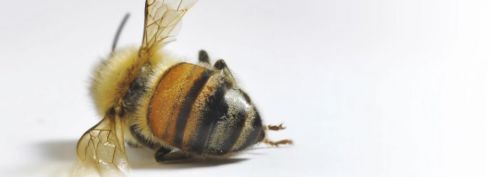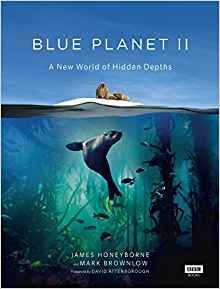Amur/Far Eastern Leopards on the rise
Posted on
|
Researchers doing some photo monitoring in the Vorontsov Land of the Leopard National Park have identified 91 adult leopards, as well as 22 cubs! As a rule, a qualitative increase is possible when the population has at least twice as many females as males. The high percentage of cubs too is good news. The new trend amongst Far Eastern Leopards suggests stabilisation of this rare cat’s population. They are also known as Amur Leopards. The Land of the Leopard National Park accounts for about 70% of the leopard’s natural habitat. This was a key decision: it means that the Far Eastern Leopard can now live safely on an area of almost 2,800 square kilometres. To count the wild cats, national park employees went through nearly a million camera trap images. About 10,000 of them had leopards on them! To complete the picture, experts from the Russian national park are eagerly waiting for the results that their Chinese colleagues are producing; they too have been monitoring photos. These data are vital now that the Land of the Leopard has become a “birth centre” for the spotted cats; many young leopards move to the Chinese borders to look out new territories. Some return, but a certain number stay in China – and that means that the leopard population can grow! Far Eastern Leopards is an autonomous non-profit organisation. Far Eastern Leopards’ mission is “to protect and restore the Far Eastern Leopard population in its historical habitat in the Russian Far East. It supports the photo monitoring at Land of the Leopard and the Kedrovaya Pad Nature Reserve. About 360,000 hectares are being monitored in the national park. 400 automatic camera traps can be found in the national park, so it’s the largest camera trap network in Russia!
Camera trap images enable scientists to do several things:
Find out about Far Eastern Leopards here – there’s lots of information on Far Eastern Leopards and also the organisation trying to protect and restore the species. Reasons for the very low numbers of these leopards are:
|



